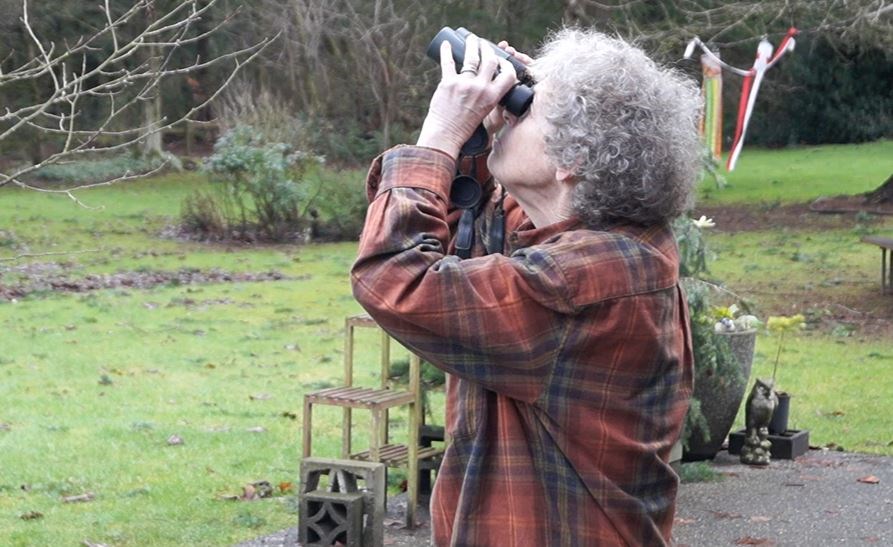The city needs to do a better job in educating the public about birds, says a woman who takes part in a massive bird count in the Lower Mainland every December.
“I think Vancouver could be doing more, running more programs in the community centres about nature, getting kids out,” said Jude Grass, the head of naturalist club Nature Vancouver’s birding section. “We are losing touch with nature. If you don’t appreciate it, you don’t know it, you don’t care about it, it will disappear.”
The Vancouver bird watchers checklist has nearly 300 species listed in it and every year at Christmas, hundreds of bird enthusiasts take to their backyards and public parks to count everything from Canada geese and black-capped chickadees to sharp-shinned hawks and long eared owls.
There are 11 counts in the Lower Mainland and Sunshine Coast organized by the British Columbia Field Ornithologists. The counts help determine the status of birds in the region on a year-to-year basis that allows for trends to be spotted in the rise or decline of species and habitat.
“There’s habitat loss and that affects birds. Birds are getting impacted. The count basically determines their status,” said Grass, whose group helps organize the counts, including Vancouver’s on Dec. 14.
“Vancouver came in at 133 [species] and they’re still getting some of the area counts back. That’s not bad.”
Grass is a naturalist and lifelong birder who worked for B.C. Parks and Metro Vancouver Parks. She explains that keeping track of birds today is important given the impact they face from a growing city.
“We are building more and more condos, and building more and more in areas that really don’t have a lot of space.”
The City of Vancouver has taken some steps to protect native birds in its recently unveiled Vancouver bird strategy, part of the Greenest City initiative.
While it is not involved in the bird counts, deputy city manager Sadhu Johnston says the city is doing “a lot on the bird front.”
“We are working with groups on a bird monitoring strategy, which areas of the city might be the greatest threat to birds, and develop strategies to mitigate,” he said.
These strategies include preventing bird collisions with buildings and creating landscapes that promote bird habitat.
But Grass doesn’t think this is enough.
“[The City] is not putting native [plant] species, they’re not putting things that are beneficial to birds.”
She explains the city and developers need to include in landscaping more native plants that native birds require.
The last counts will take place at the end of December in Surrey and Abbotsford, and early January in Pitt Meadows and Howe Sound.
Why birds are important from Ian Wood on Vimeo.



